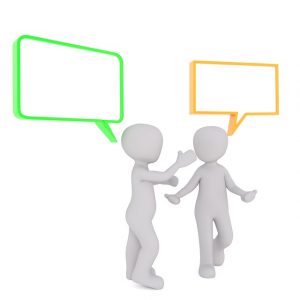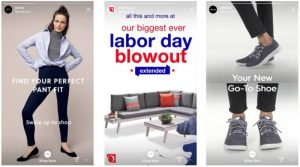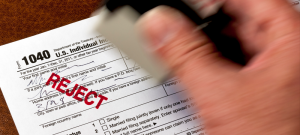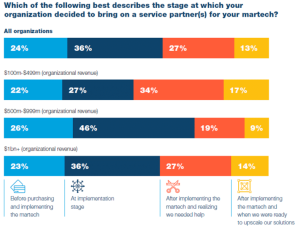If I were to concoct a theme for the upcoming newfronts and upfronts – those annual showcases of the (alleged) best video of next season – it would be this: “Social Media and TV – They’re Better Together.”
I know, I know, that’s probably far more hype than any of us can stomach on a Monday, but the evidence is in, at least in terms of the belief on both sides of the aisle that social and TV just can’t live without each other. Look at this round-up of recent digital media news – all perfectly-timed to coincide with the ‘fronts — and you’ll see what I mean:
· Viacom Looks To Set Social Media Guarantees
· Susan Wojcicki’s Plan To Make YouTube ‘Stars’ Real-Life Famous
· BuzzFeed’s New Pitch To TV Networks: Use Our Brand
Each comes at the social media/TV connection from a different angle, but that’s what makes this so noticeable. Or is it, at the same time, I was looking for material for today’s column. I was working very hard to swerve away from even the merest mention of last night’s episode of “Mad Men.” It’s a nigh-impossible task; the Internet, from Facebook to Buzzfeed, The New York Times to even my Gmail account, are all saturated with “Mad Men” commentary. It’s the social media and TV connection at its most tantalizing, and excruciating, for those of us who are perpetually behind the curve on their TV shows.
It’s also, in all likelihood, great for ratings.
But let’s dig deeper on those non-“Mad Men” related headlines, so I can continue to suppress the urge to click on the #MadMen hashtag on Twitter, where it continues to be a trending topic.
Viacom announced last week that it will use a Mass Relevance-driven tool called Echograph to measure its properties’ social media impact for advertisers. The program focuses specifically on branded content campaigns that Viacom is running on-air and via social media; it’s not specifically about TV commercial performance. Still, it’s doing what all social media and TV partnerships are aimed at, using each others’ footprint to create marketing bigger than either conduit could manage individually.
YouTube is essentially flipping that model, by pumping money into the promotion of YouTube stars, who tend to be famous only within the confines of the site. As YouTube content chief Robert Kyncl explains: “When you compare our stars to someone who is a star on TV, their awareness was built through broad [advertising] campaigns on television and billboards.” Translation: YouTube is now going to advertise its known-yet-unknown stars via billboards, magazine ads, TV and other tried-and-true old media tools.
As for Buzzfeed, it is selling “Buzzfeed Blocks” to advertisers, with IFC and Bravo signing on after some tests. What exactly is a “Buzzfeed Block,” you ask? It’s sponsored content that hooks into programming. The Wall Street Journal story I linked to above explains that the Mafia movies “Goodfellas” and “Jackie Brown” were recently promoted on Buzzfeed via a post that – wait for it – informed users of ““10 Signs You Were Born to Be a Gangster.” The “Buzzfeed Block” is also promoted on-air.
Though I have vowed never to get sucked into participating in one of Buzzfeed’s crazy-popular “What Would Your ‘Game of Thrones’ Name Be?” quizzes, apparently they work just fine without me, which is why Buzzfeed is expanding on the premise.
Whatever you think of all this, it makes one thing perfectly clear. If you are still seeing walls between owned, earned and paid media, you should consult your optometrist. The walls aren’t there anymore, and that’s a good thing in a marketing world still starved for old-time reach and frequency.
That said, as I continue on my clearly quixotic quest to not know anything about Neve Campbell appearing as a young widow last night on “Mad Men”, or why someone created a “Don Draper Doomsday Clock,” I really wish someone would build a “spoiler alert” app, putting up walls around any mention of shows I haven’t seen yet.
No chance of that, I’m afraid.
MediaPost | Social Media Insider
(474)
Report Post






